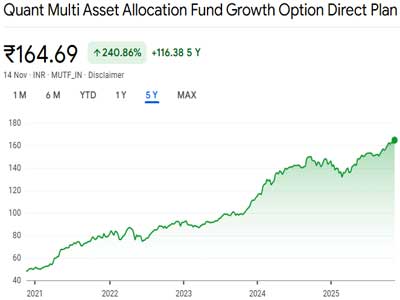Over the past few decades, industrialisation has propelled India's economic progress to new heights. Factories, infrastructure, and technological advancements have employed millions and strengthened India's position in the global market.
However, behind this shining progress lies a bitter truth—the environment is paying a heavy price. Industries today are among the biggest contributors to air, water, and soil pollution.
Industrial units, particularly thermal power plants, cement factories, and the construction sector, are major sources of air pollution. The smoke emitted from these facilities contains dangerous elements like sulfur dioxide, nitrogen oxides, carbon monoxide, and particulate matter. Delhi-NCR is a glaring example, where winter air becomes so toxic that people struggle to breathe. According to a recent report by the Central Pollution Control Board, industrial activities contribute to about 27-30 per cent of India's air pollution. Addressing this issue requires stricter emission norms and the promotion of cleaner fuels.
India's rivers, the backbone of our culture and economy, are battling industrial waste. The Ganga, Yamuna, Godavari, and Kaveri are among the most polluted. Leather industry units in Kanpur and textile factories in Varanasi discharge toxic chemicals and untreated waste directly into rivers. A National Green Tribunal report states that 60-70 per cent of pollution in the Ganga comes from industrial and urban waste. This not only harms aquatic life but also endangers drinking water and agriculture. Industries must be compelled to install effluent treatment plants and comply with regulations.
Chemical factories, mining, and heavy metal industries are turning fertile land barren. Heavy metals like lead, cadmium, and arsenic seep into the soil, making it toxic. This shrinking of arable land is alarming for an agriculture-dependent country like India. Data from the Indian Council of Agricultural Research reveals that millions of hectares of land are degraded annually due to pollution and overuse. To safeguard food security, industries must focus on solid waste management and land regeneration.
Companies must adopt green technologies—investing in solar and wind energy, recycling waste, and using energy-efficient machinery. The government must enforce stricter regulations and monitor compliance.
Cities consume over 70 per cent of global resources and generate massive waste. Industries can curb this by reusing waste—construction companies can recycle old bricks, concrete, and wood for new buildings, while electronics firms can design recyclable products to reduce e-waste. Smart city initiatives, like waste management systems and energy-efficient buildings, can drive significant change.
Many companies advocate for environmental conservation but lack expertise. Industries must train employees in green technologies, carbon emission reduction, and sustainable business practices. Collaborating with colleges and training institutes to launch specialised courses can help. Forming in-house ‘Green Teams’ can also foster innovative, eco-friendly ideas.
Saving the environment doesn’t always require massive investments. Small measures can make a difference. Switching to energy-efficient LED lighting and appliances, replacing plastic bags with paper or cloth alternatives, reducing paper use by promoting digital documentation, and implementing work-from-home policies to cut travel-related pollution are some of these ideas.
Business leaders can also educate suppliers and customers to foster environmental responsibility. Every business decision—from raw material procurement to production—affects the environment. Companies must prioritise sustainable materials, design long-lasting products, and invest in eco-friendly projects.
Industries hold the real power to drive environmental conservation. If companies take honest, decisive steps—big or small—we can build a cleaner, greener, and sustainable future.


















Related Items
Indian roads have become a gateway to hell due to canine, simian nuisance
Redefining Indian Highways; Driving innovation, Delivering connectivity…
Why Indian migrants don't flex their might…!